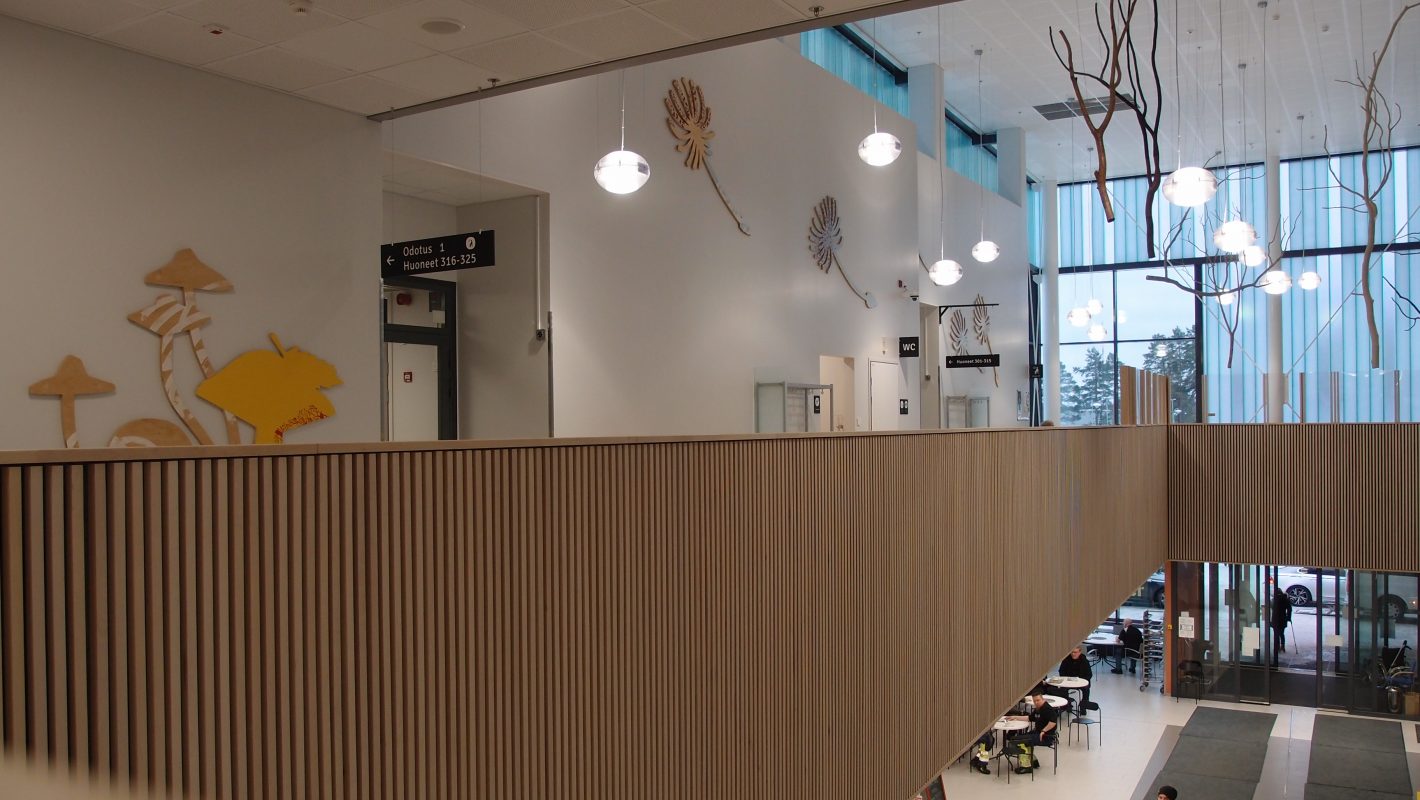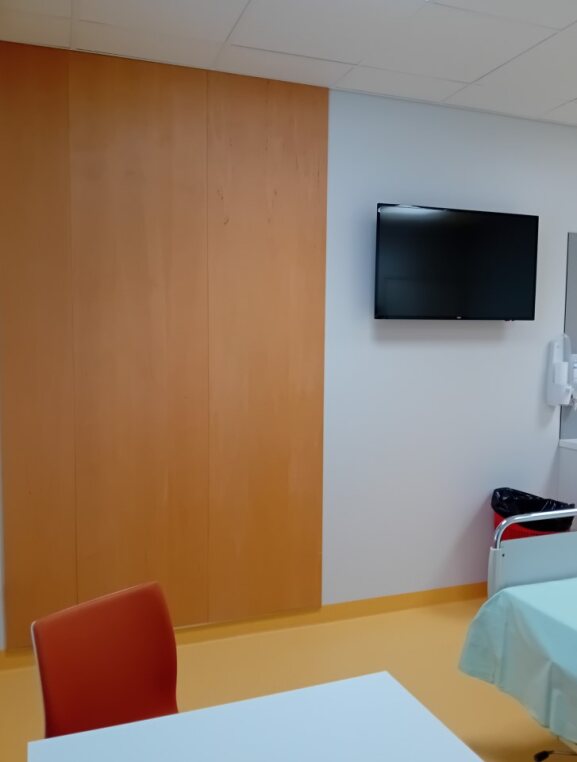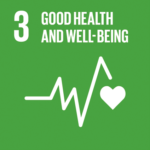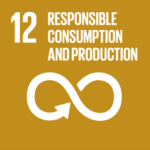More wood surfaces to hospitals and health care centres

Case - Published 8.5.2024
Would it be possible to increase the use of wood in health care buildings? This is a question studied by the Wood for Health project.
Wood is an ancient and widely used material of one-family houses. Gradually, using wood in residential blocks and public buildings has begun to increase. Since the turn of the millennium in Finland, for example, schools and concert halls with a timber frame have been constructed.
Might it be possible to increase the use of wood in health care buildings as well? The European network project Wood for Health is designed to study this, says Research Manager Pekka Kilpeläinen from the University of Oulu.
’Research shows that using wood in construction promotes well-being. Wood is experienced as a visually pleasing material. The use of wood helps control the variation in indoor air humidity and temperature, and it has antimicrobial properties,’ Kilpeläinen adds.
The downside of using wood is that it is porous and therefore difficult to clean.
Creating guidelines for all of Europe
The three-year project studies and compares the regulations on wood construction in different European countries. To some extent, residential buildings and health care buildings are covered by a different set of regulations. However, regardless of building type or EU Member State, such things as fire safety are usually subject to very clear regulations.
Legislation is less clear-cut about many other issues. As a result, the EU Member States and even different authorities within an MS can interpret the regulations in different ways. According to Kilpeläinen, this can lead to complications for the use of wood.
’An example of this are regulations concerning the cleanness of surfaces in health care buildings, for which no absolute threshold values exist.’
The Wood for Health project is designed to create a Europe-wide set of guidelines to help clarify the situation and to provide recommendations on how to bring more convergence to the regulations and their interpretations.

International research collaboration
The project partners include companies and research institutes from five European countries. Besides Finland, the participating countries are Sweden, Norway, Germany and Latvia. The lead partner is the University of Oulu, which originally conceived the idea for the project.
One research institute and one company from both Germany and Latvia were invited to join in. The companies develop environmentally friendly coatings in collaboration with the local research institutes.
The task of Finland and Norway is to test the coatings: how to clean the coated wood, how to preserve the antimicrobial properties as well as those affecting indoor air humidity, and how to improve the antimicrobial properties of wood by coating.
The project also studies the surfaces in actual hospitals.
’The Kainuu Central Hospital is a building where quite a lot of wood has been used. We’ll take samples of different surfaces and determine the types of bacteria found on them,’ Kilpeläinen explains the second part of the project.
The Swedish partner invited to the project is the architectural practice White Arkitekter, with presence in 15 countries. The company has a long experience of using wood in its projects and is thus able to discuss issues related to the designing of buildings.
Among others, White Arkitekter have designed the Queen Silvia Children’s Hospital in Gothenburg (Drottning Silvias barnsjukhus) and the Karlstad Central Hospital (Centralsjukhuset Karlstad), completely made of wood, including the load-bearing structures.
Promising results on coatings
An obvious way of increasing the use of wood in health care buildings would be to develop appropriate coatings. Well-known antimicrobial compounds used as paint additives contain metallic ions, such as zinc and silver ions.
According to Kilpeläinen, there is already research evidence from Norway that the other good properties of wood and coatings are not deteriorated by the addition of conventional antimicrobial agents to paints.
The German company and research institute have studied the addition of natural antimicrobial compounds, such as vegetable oils, to paints. So far, the problem here is that the oils tested tend to evaporate from the coatings.
ForestValue research programme entity
The Wood for Health project is part of the ForestValue research programme entity co-funded by the European Commission. Finland’s share of funding for the Wood for Heath project is provided by the Ministry of the Environment.
The ForestValue1 entity is already completed, though some of its three-year research projects are still under way (ForestValue Joint Call 2021). For example, the Wood for Heath project presented above will continue to run for about one year.
Projects within the ForestValue2 entity are being started (ForestValue2 Joint Call 2023). These projects will focus on three major themes: wood construction, the use of forests and forest biomasses.
The Finnish Ministry of Agriculture and Forestry coordinates the international entity of research programmes and reports to the European Commission on the progress of these projects.
The author of the article is Heli Virtanen, Editor of Biotalous.fi, Tapio, heli.virtanen(at)tapio.fi.
Article image: In the lobby of the Kainuu Central Hospital, wood is used for the stairs and the handrails, to provide variation to wall surfaces, and as decoration. Photo: Tuomas Niskanen.
Agenda2030
The Wood for Health project is particularly linked to the following UN Sustainable Development Goals:
- Goal 3: Good health and wellbeing
- Goal 9: Industry, innovation and infrastructure
- Goal 12: Responsible consumption and production
- Goal 13: Climate action




